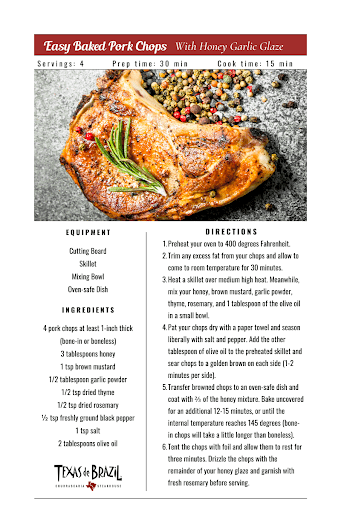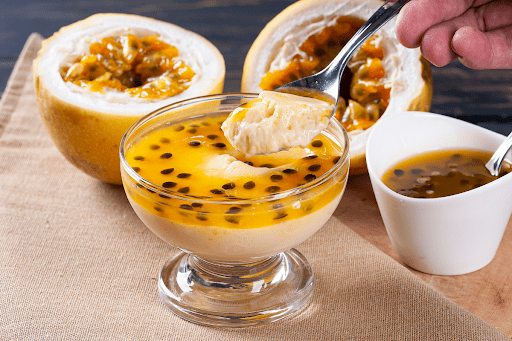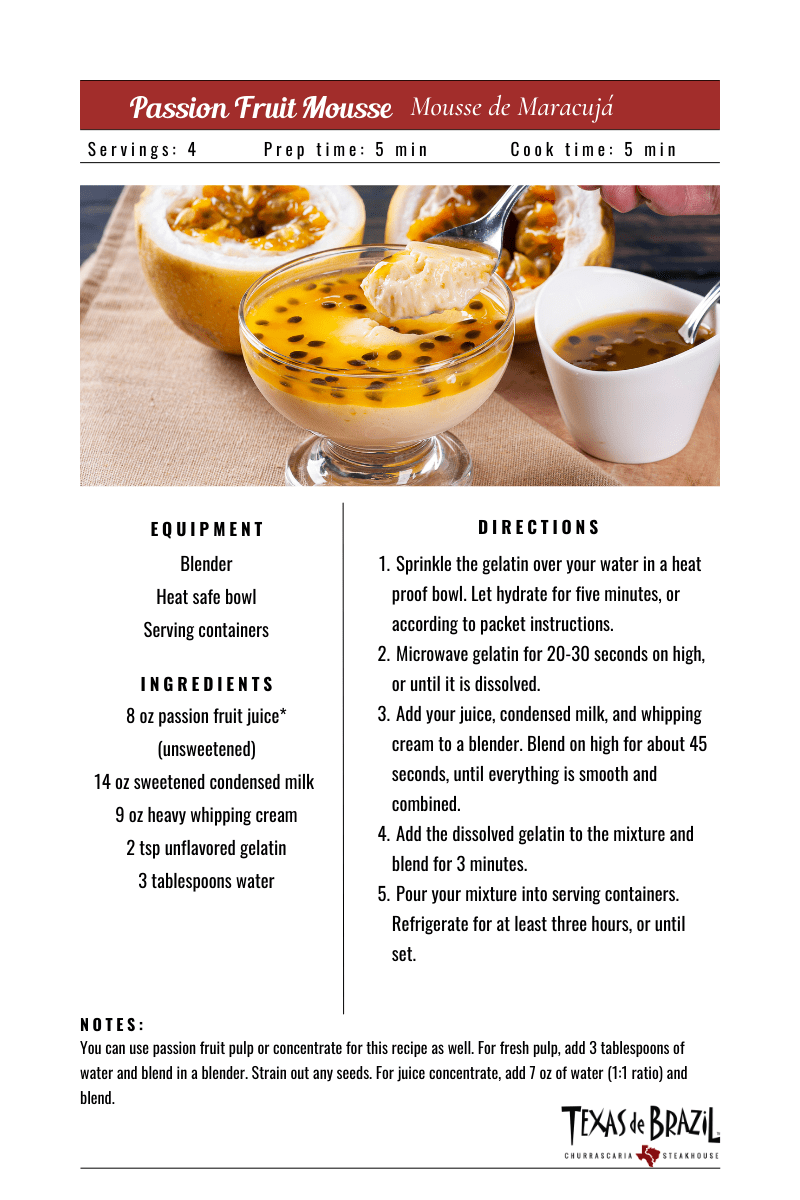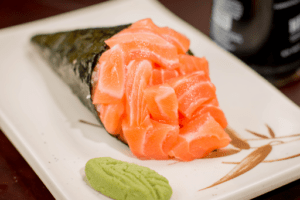Easy Baked Pork Chops (With Honey Garlic Glaze)
These sweet and savory baked pork chops are juicy, tender, and come together in less than 30 minutes. They pair well with a side of garlic mashed potatoes and roasted green beans.
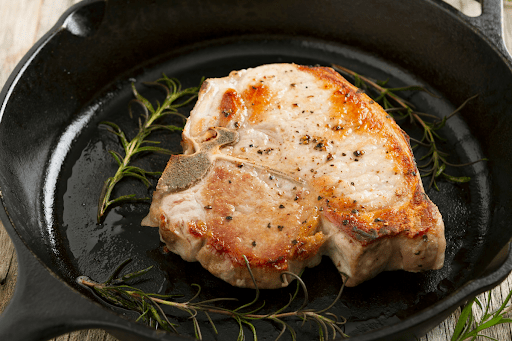
In this recipe, we will be using a bone-in chop, but you can easily substitute a boneless version. We do find the bone-in chops have a richer flavor and are less prone to drying out. Boneless can be just as tender, you will just need to adjust the cooking time.
Choosing Your Pork Chops
Pork can be a delicate, juicy cut of meat when prepared properly. The first steps to success involve selecting the right chops in the first place. A few things to look for when choosing your chops:

- Thickness
Avoid chops that are any less than 1 inch thick. Pork can quickly become tough, and thin chops give you even less room for error when cooking. For the best cuts of meat, visit a specialty butcher.
- Temperature
Whenever possible, allow the chops to come to room temperature before cooking. If your pork is too chilled, it will cook unevenly. The outside will cook much faster than the inside, resulting in a tough, chewy crust. Ideally, bring the chops out of the fridge thirty minutes before you plan on cooking them.
- Seasoning
Pork has an exceptionally mild flavor, which means it can be bland without proper seasoning. The subtle flavor of pork means you can experiment with all kinds of herb and spice combinations, but be sure to adequately season with at least salt and pepper.
- Timing
Until the 1990s, the recommended internal temperature for pork was 160 degrees fahrenheit or higher. This was due to the possibility of infection from a parasite (Trichinella spirosis) that has since been eradicated in the United States. The USDA updated its recommended temperature for pork to 145 degrees fahrenheit. In other words, don’t be afraid to go for medium-cooked pork! It is perfectly safe and much more tender.
- Resting
Resting meat is more often associated with beef, but it is just as important for pork. Pork chops need only a few minutes of resting, but it is well worth it. This time allows the juices to return to the center of the meat instead of spilling out onto your plate when cutting into it.
Easy Baked Pork Chops With Honey Garlic Glaze
Ingredients:
- 4 pork chops at least 1-inch thick (bone-in or boneless)
- 3 tablespoons honey
- 1 tsp brown mustard
- 1/2 tablespoon garlic powder
- 1/2 tsp dried thyme
- 1/2 tsp dried rosemary
- ½ tsp freshly ground black pepper
- 1 tsp salt
- 2 tablespoons olive oil
Directions:
Preheat your oven to 400 degrees fahrenheit.
- Trim any excess fat from your chops and allow to come to room temperature for 30 minutes.
- Heat a skillet over medium high heat. Meanwhile, mix your honey, brown mustard, garlic powder, thyme, rosemary, and 1 tablespoon of the olive oil in a small bowl.
- Pat your chops dry with a paper towel and season liberally with salt and pepper. Add the other tablespoon of olive oil to the preheated skillet and sear chops to a golden brown on each side (1-2 minutes per side).
- Transfer browned chops to an oven-safe dish and coat with ⅔ of the honey mixture. Bake uncovered for an additional 12-15 minutes, or until the internal temperature reaches 145 degrees (bone-in chops will take a little longer than boneless).
- Tent the chops with foil and allow them to rest for three minutes. Drizzle the chops with the remainder of your honey glaze and garnish with fresh rosemary before serving.
Visit Texas de Brazil for Traditional Churrasco-Style Recipes
Texas de Brazil has more than 50 locations across the United States and internationally. Enjoy perfectly prepared, flame-grilled meats and decadent side dishes. For a taste of Brazil at home, visit our brand-new online butcher shop for the best cuts of meat delivered right to your door.
